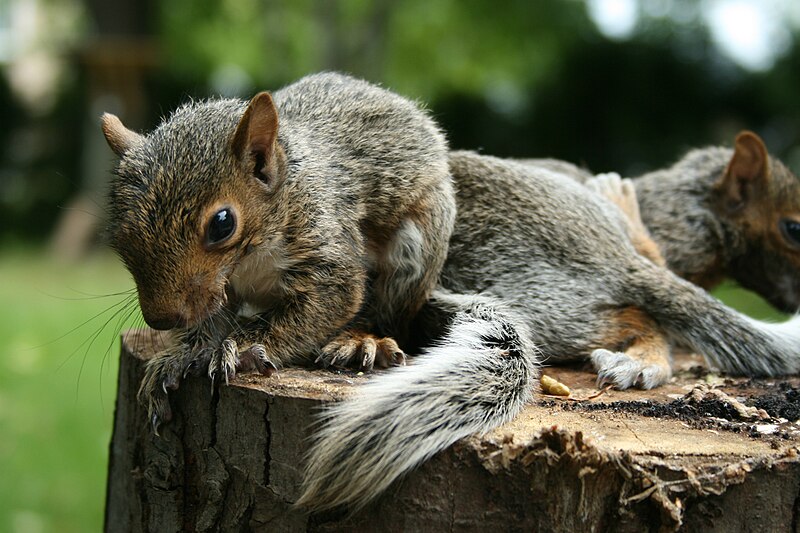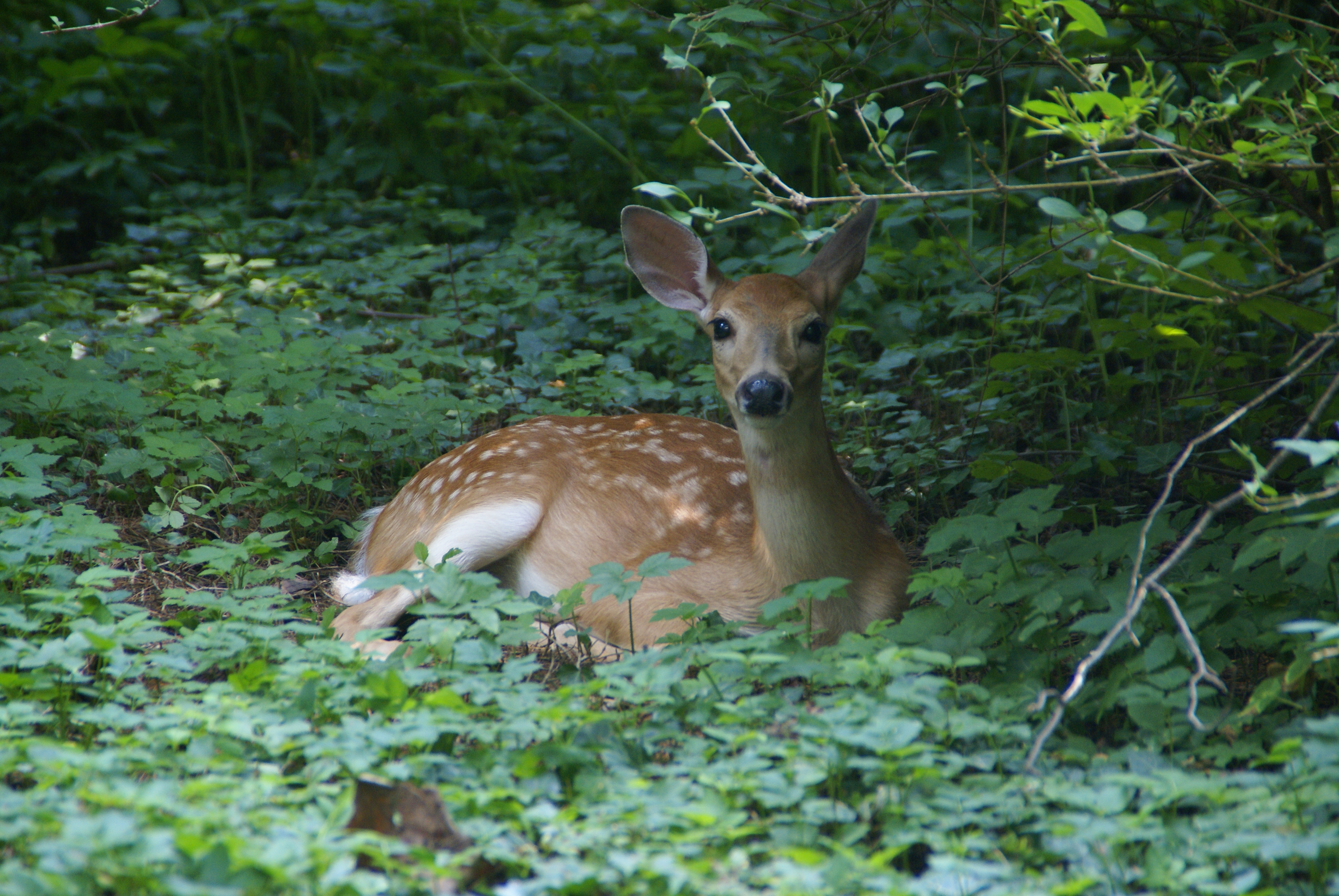1. People are actually researching pruney hands
2. It may be more of an evolutionary adaptation than a simple biological response
So lets start from the beginning. Your skin has it's own oil, called sebum, which makes you waterproof (which is kind of like having a superpower). So that's why when you wash your hands, hang out in the rain or spill tea on yourself while writing blogs you don't automatically wrinkle up. Prolonged exposure to water though will make the sebum come off, which is when the water gets in there. Once you are dry it makes itself again and pretty soon you are oiled back up.
So this immediately begs the question - if sebum is everywhere, why do only the fingers and toes wrinkle up when it washes off?
The wrinkling isn't just a reaction to the intake of water, that's just the trigger. The wrinkling is the blood vessels constricting which is controlled by the nervous system. Turns out a while back scientists noticed that fingers that were severed or had blood flow constricted did not wrinkle - more proof that it's not just a response to excess water.
It may be (and the research is just beginning on this) that skin wrinkles rather than just swelling up to help us grip when we're wet. When it's raining or near rivers, this would have been an advantage to long-ago ancestors when hunting or gathering. Like tire grooves on your hands and feet. The researchers noticed that all fingers wrinkle the same - long channels starting at the top of the finger. We're at the point of evolution where a coincidence like that can't possibly be random. They are now looking to see if primates have the same response. It'd be pretty handy for climbing wet trees.
 |
| Do wrinkly fingers help us when Mummy makes us do the dishes while camping? |
Other researchers are testing these theories - making people complete tasks in pruney and un-pruney states. And indeed they found that people could indeed handle things, like wet marbles, better while pruney. The next step is to determine if it's water runoff that makes it grip better or if the grooves change the skin's texture for added grippyness.
Just to help out, there is going to be some serious bath time experimentation in our house! I wonder if I should send them our data on ability to pick up tiny playmobil research sub accessories in the bathtub?







